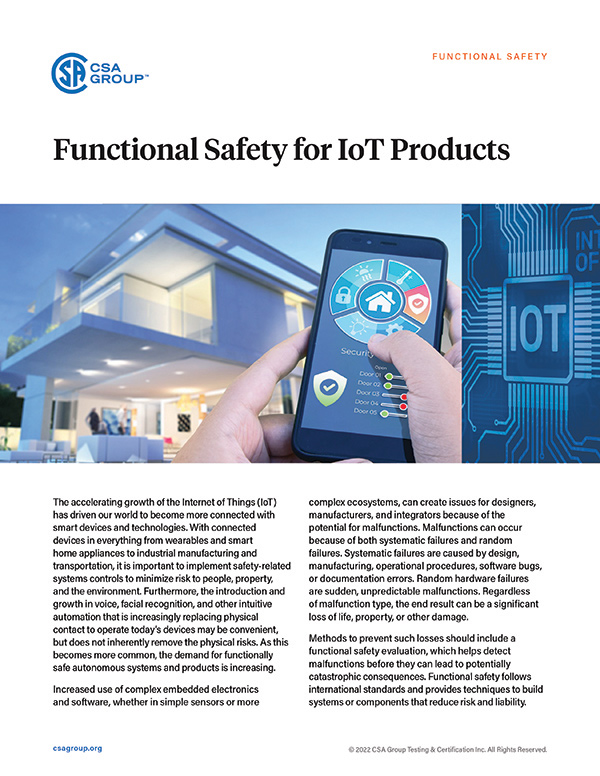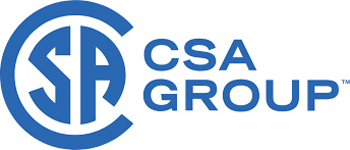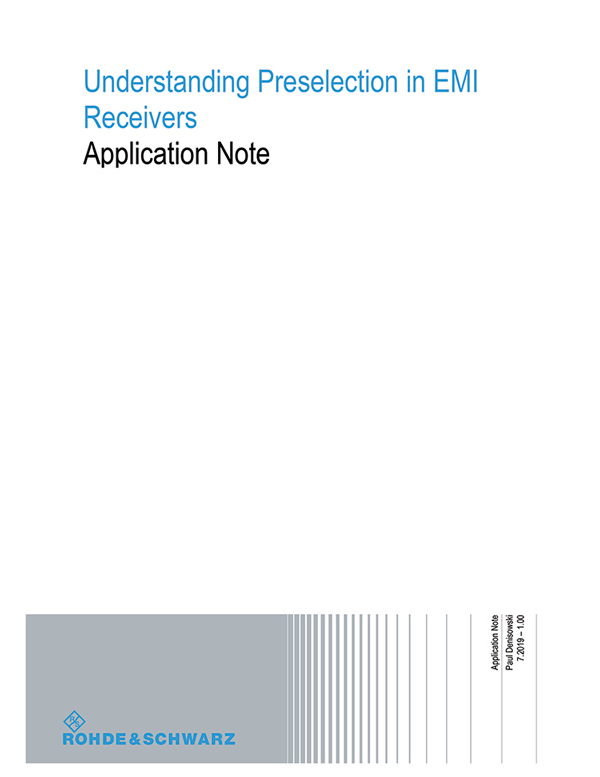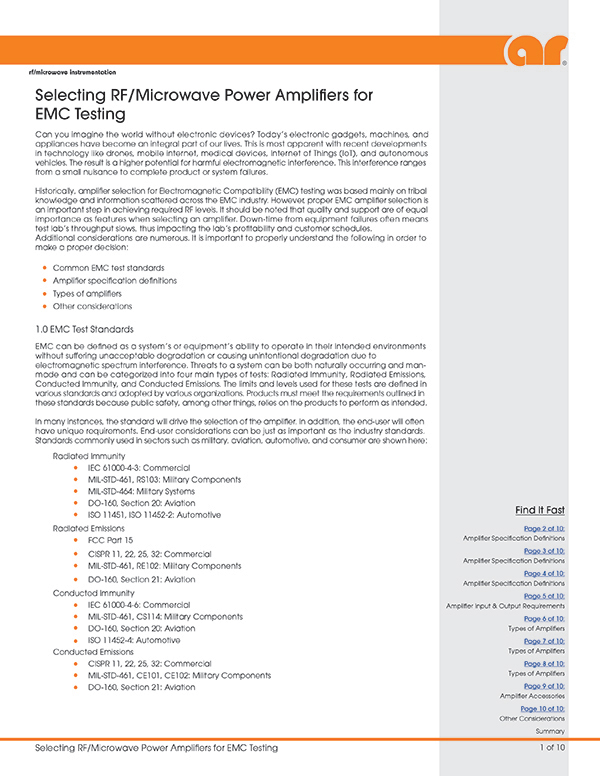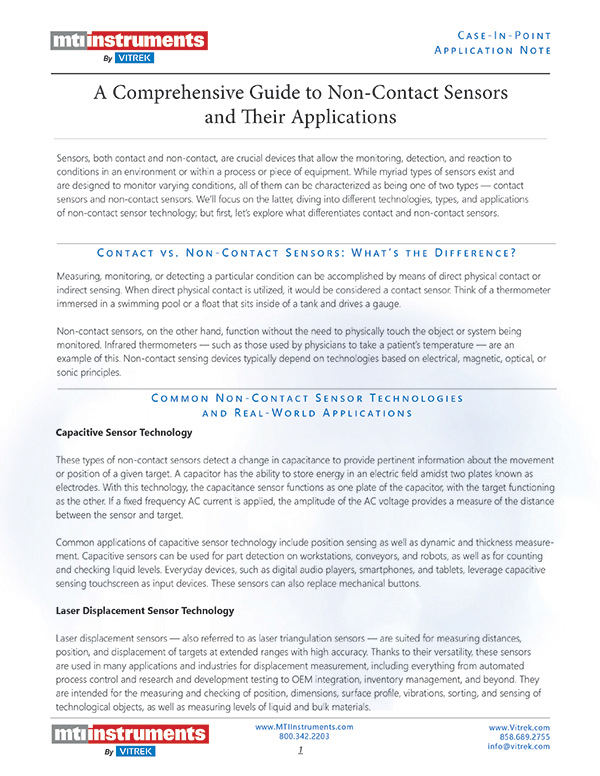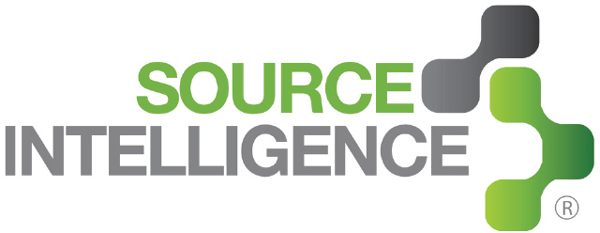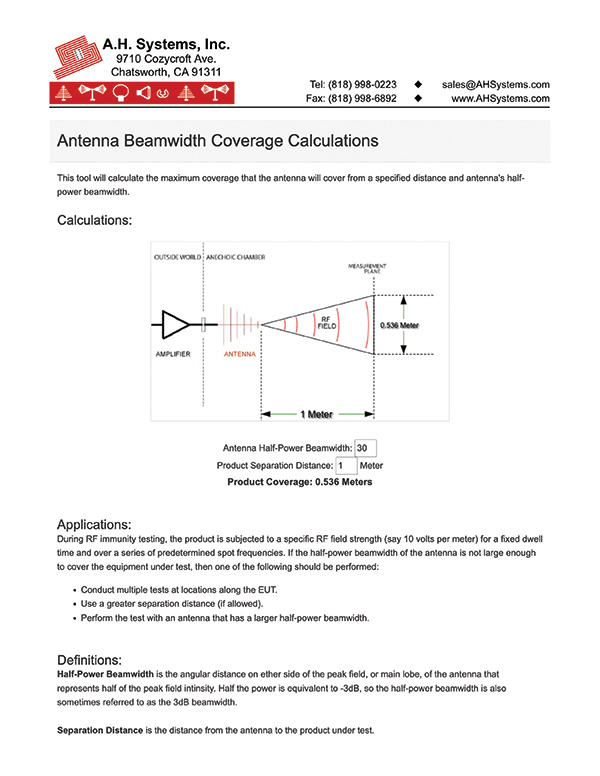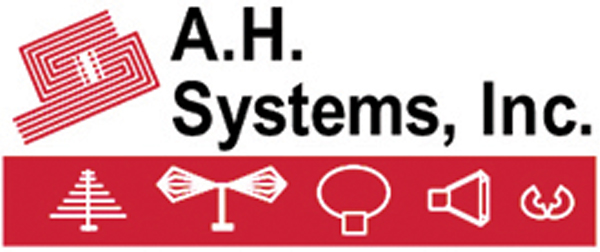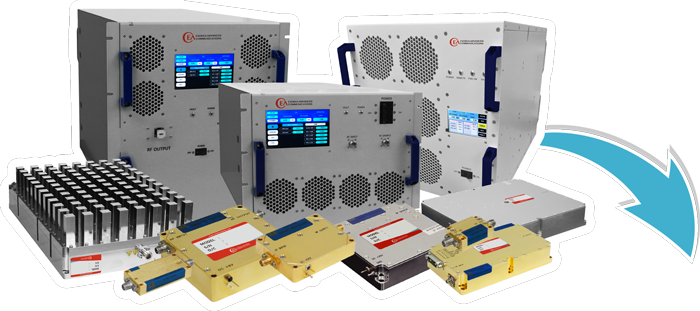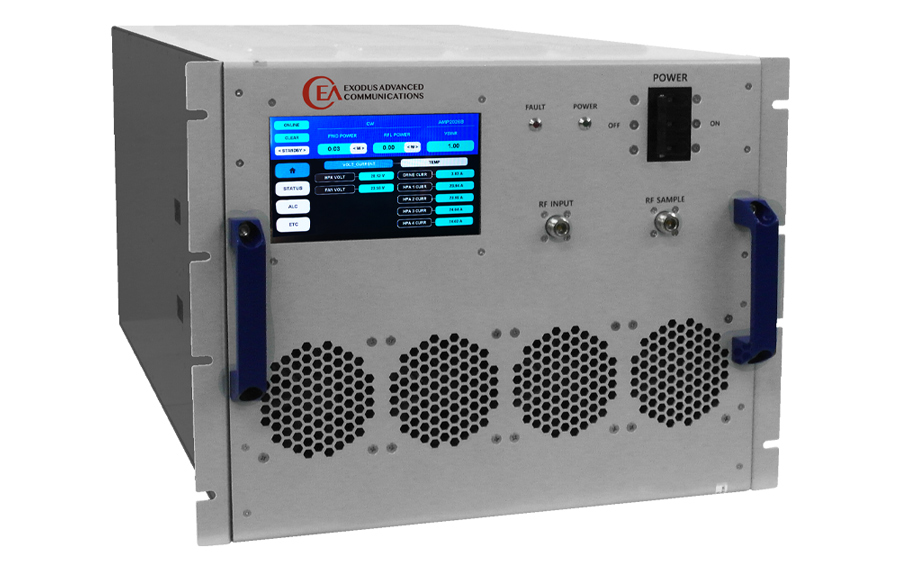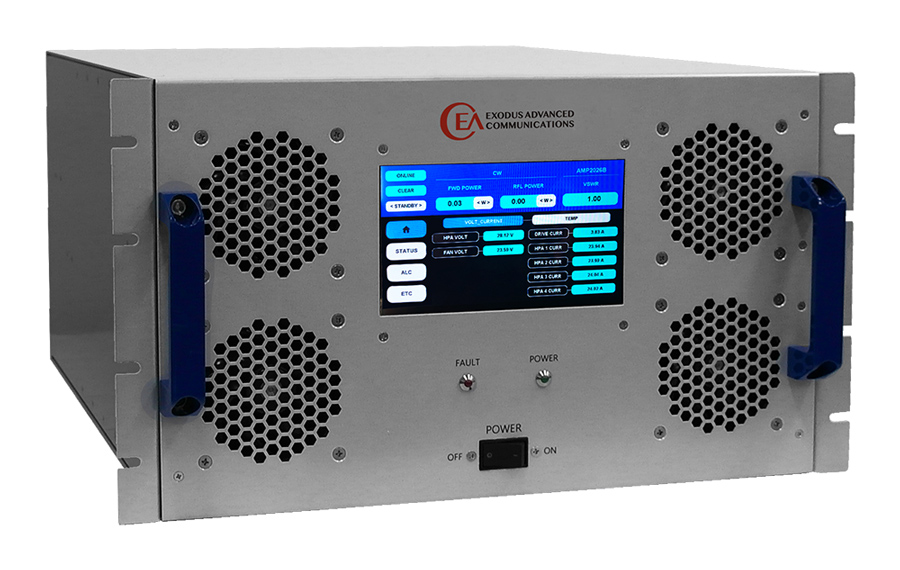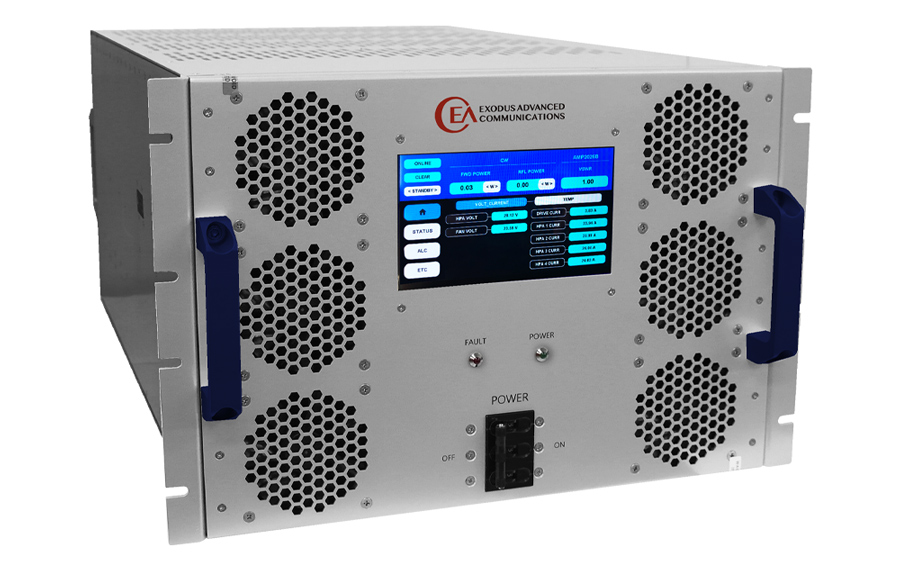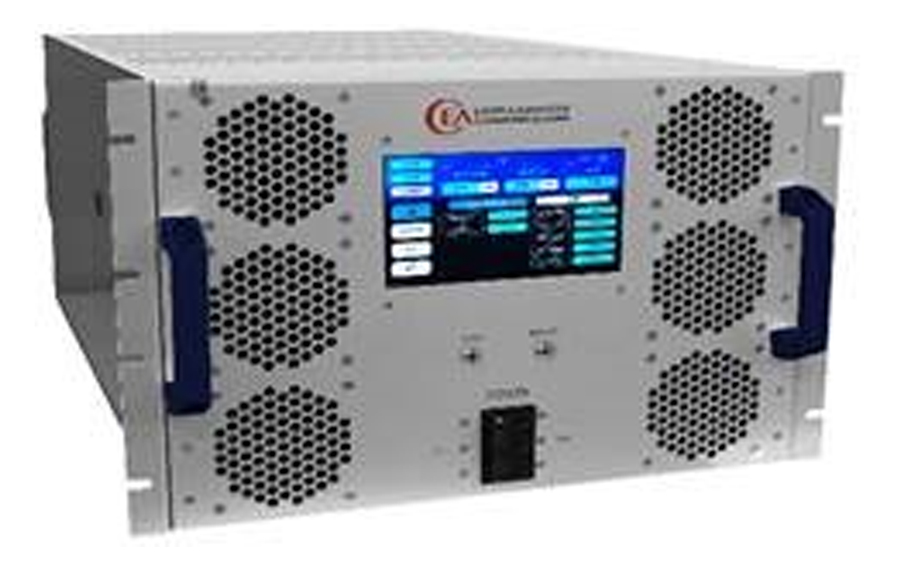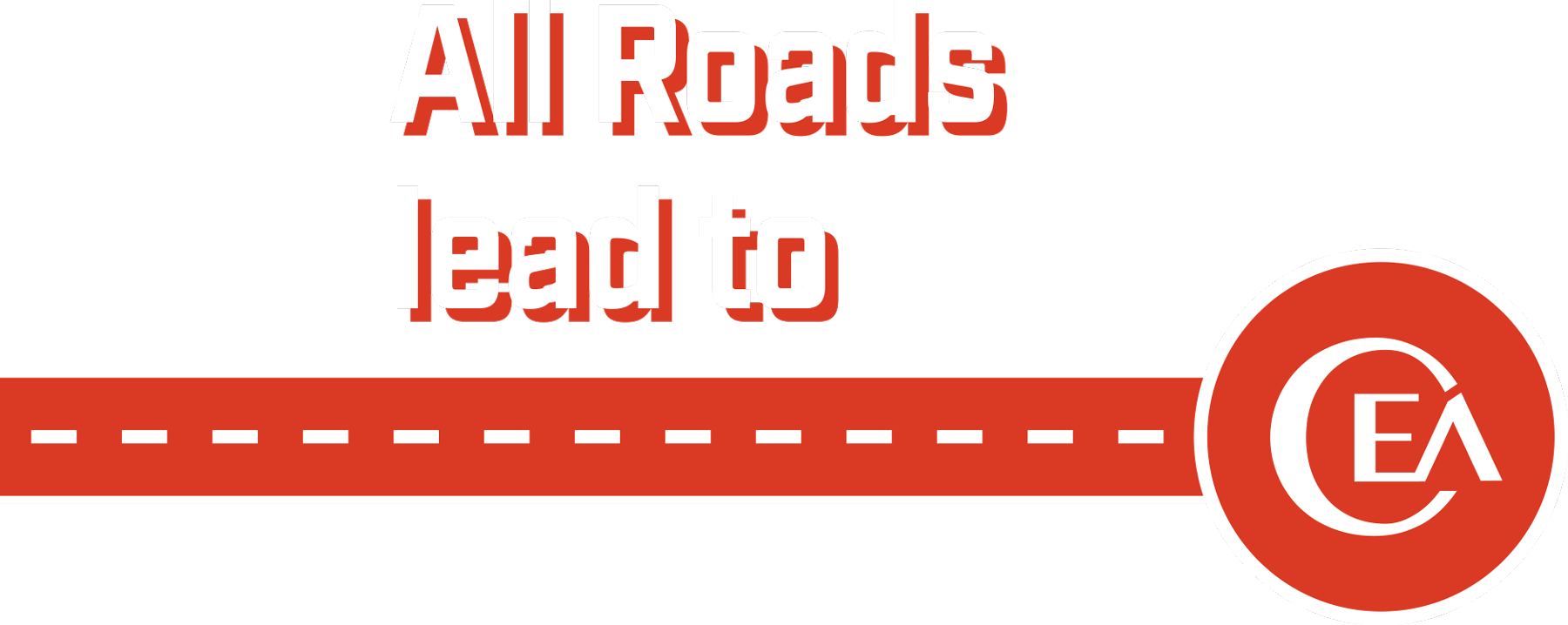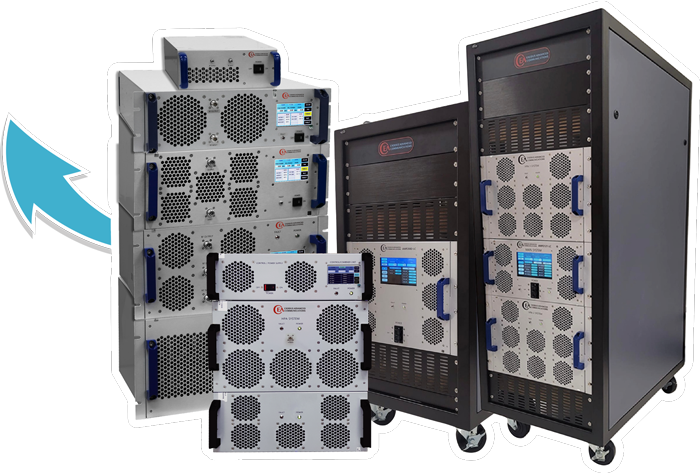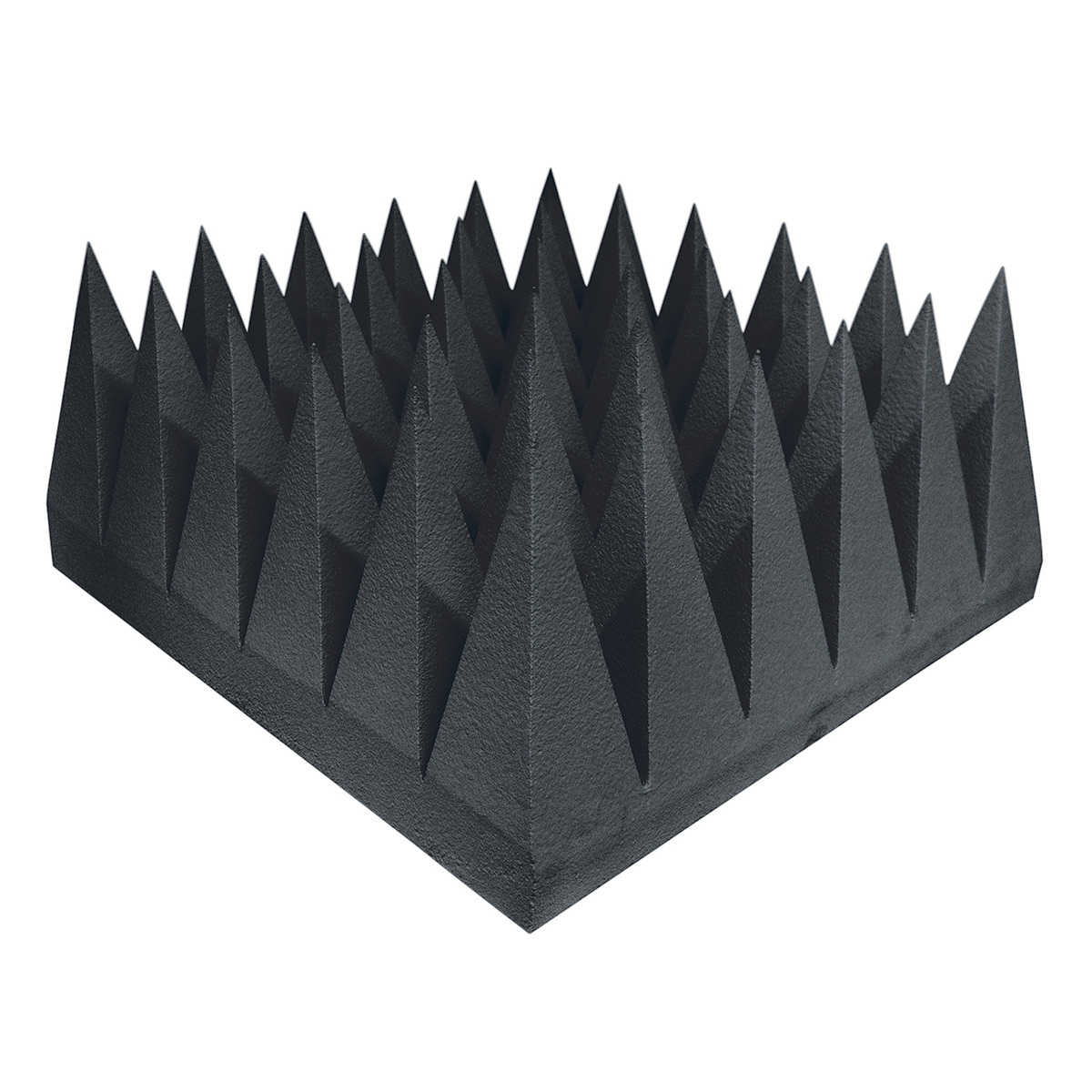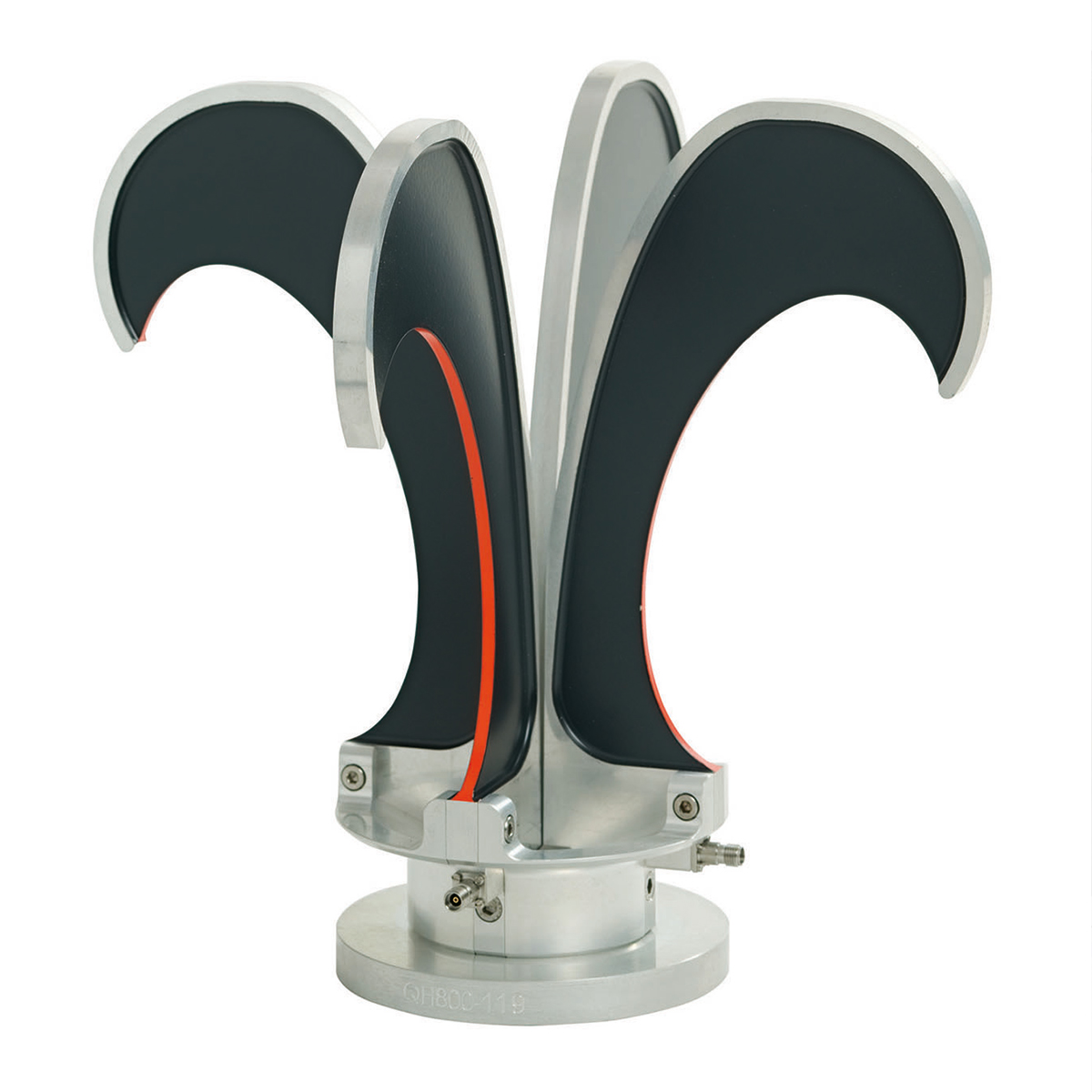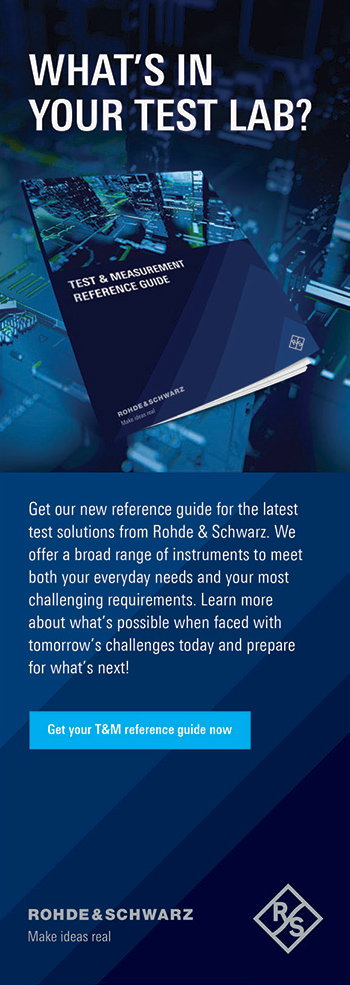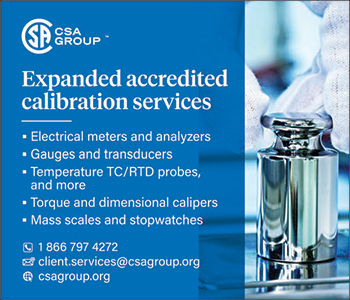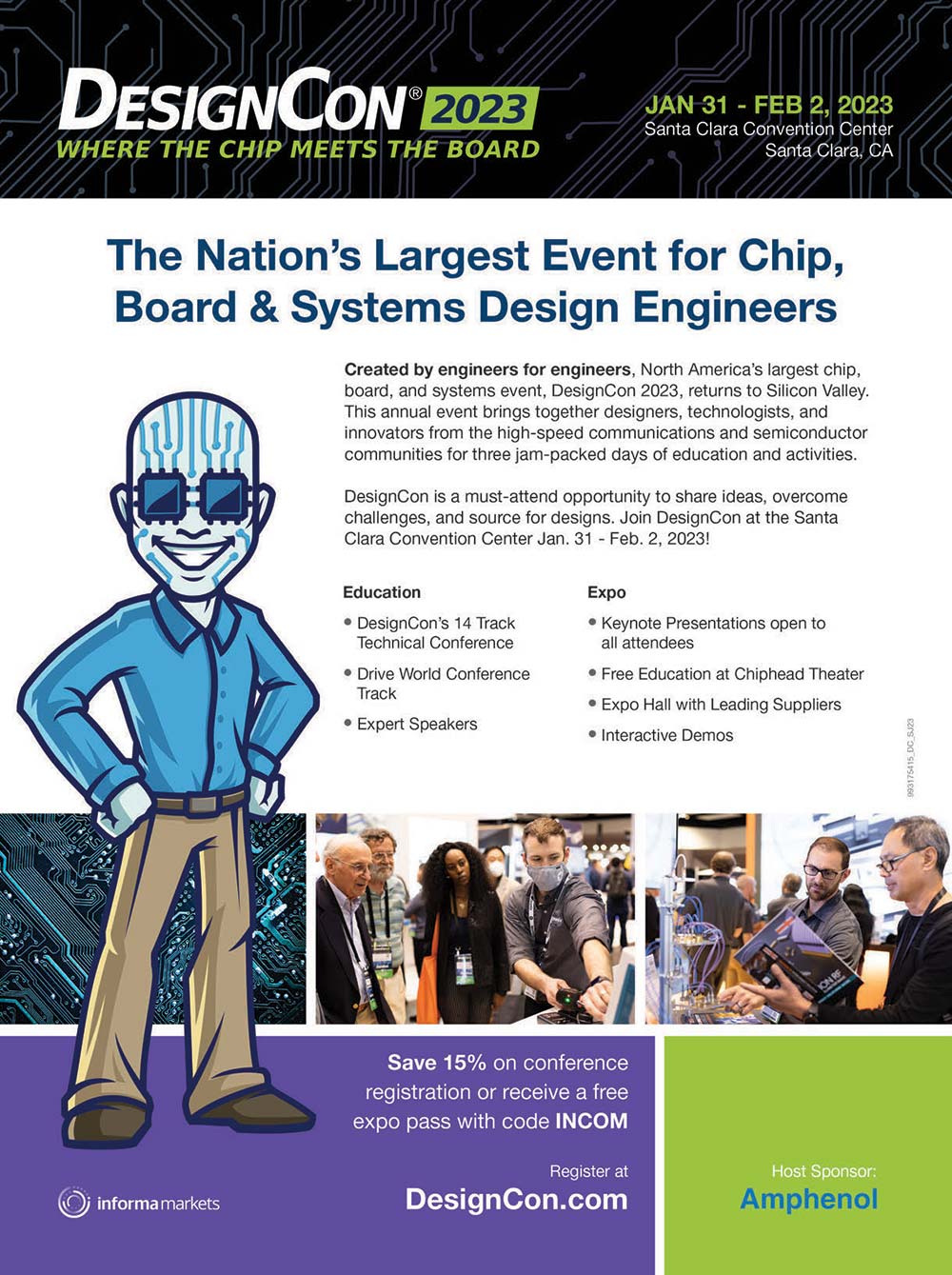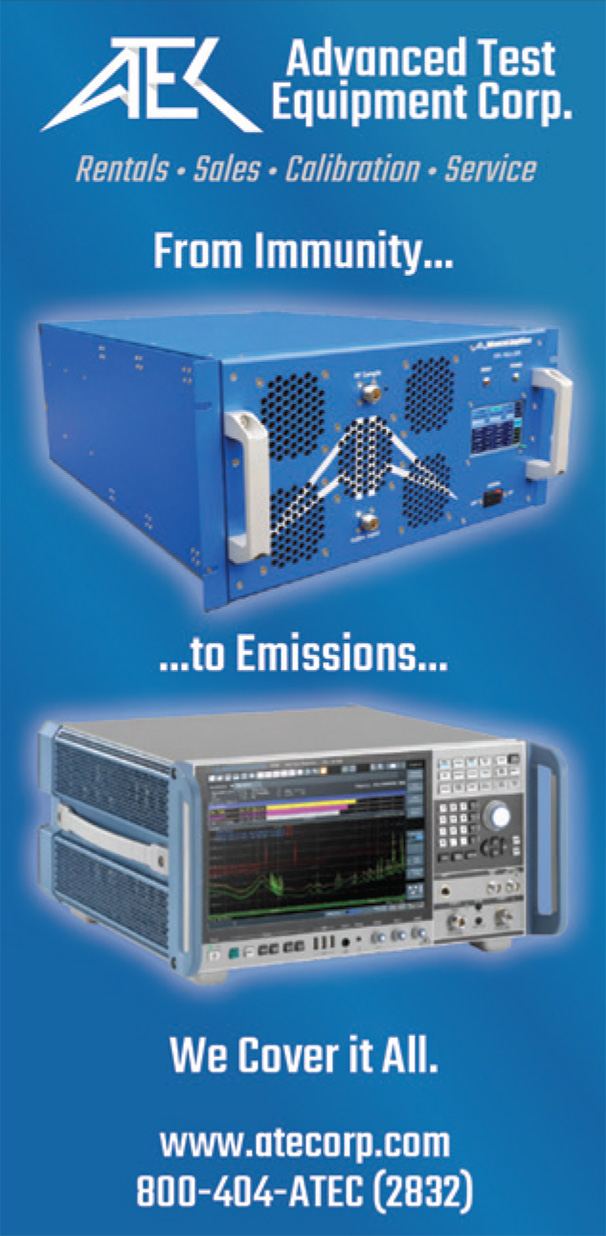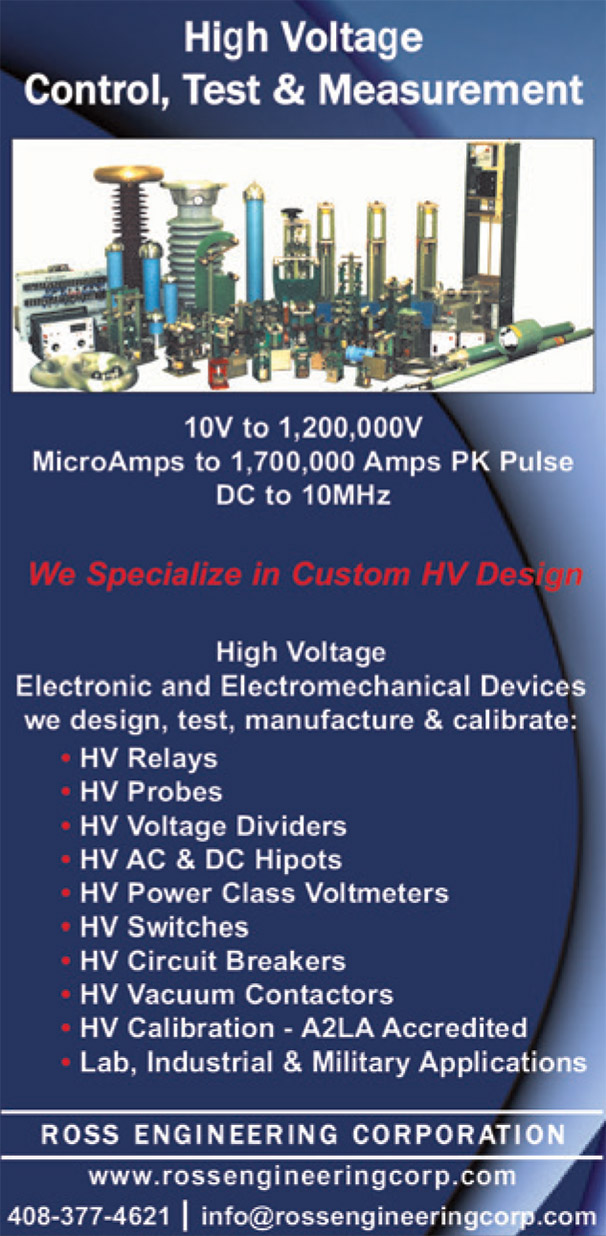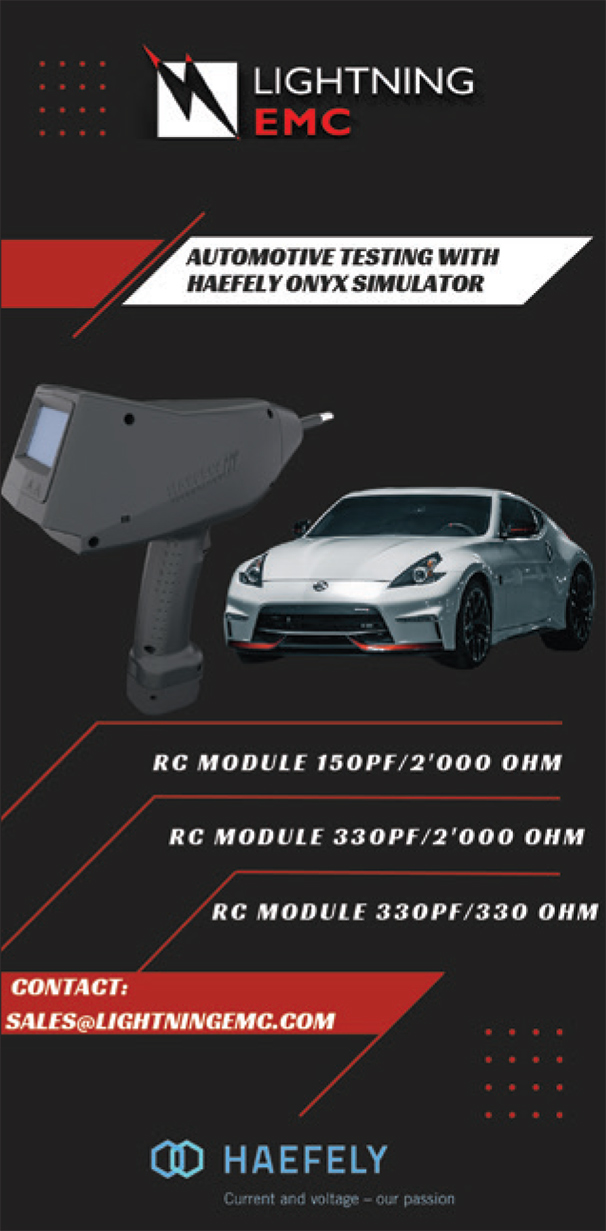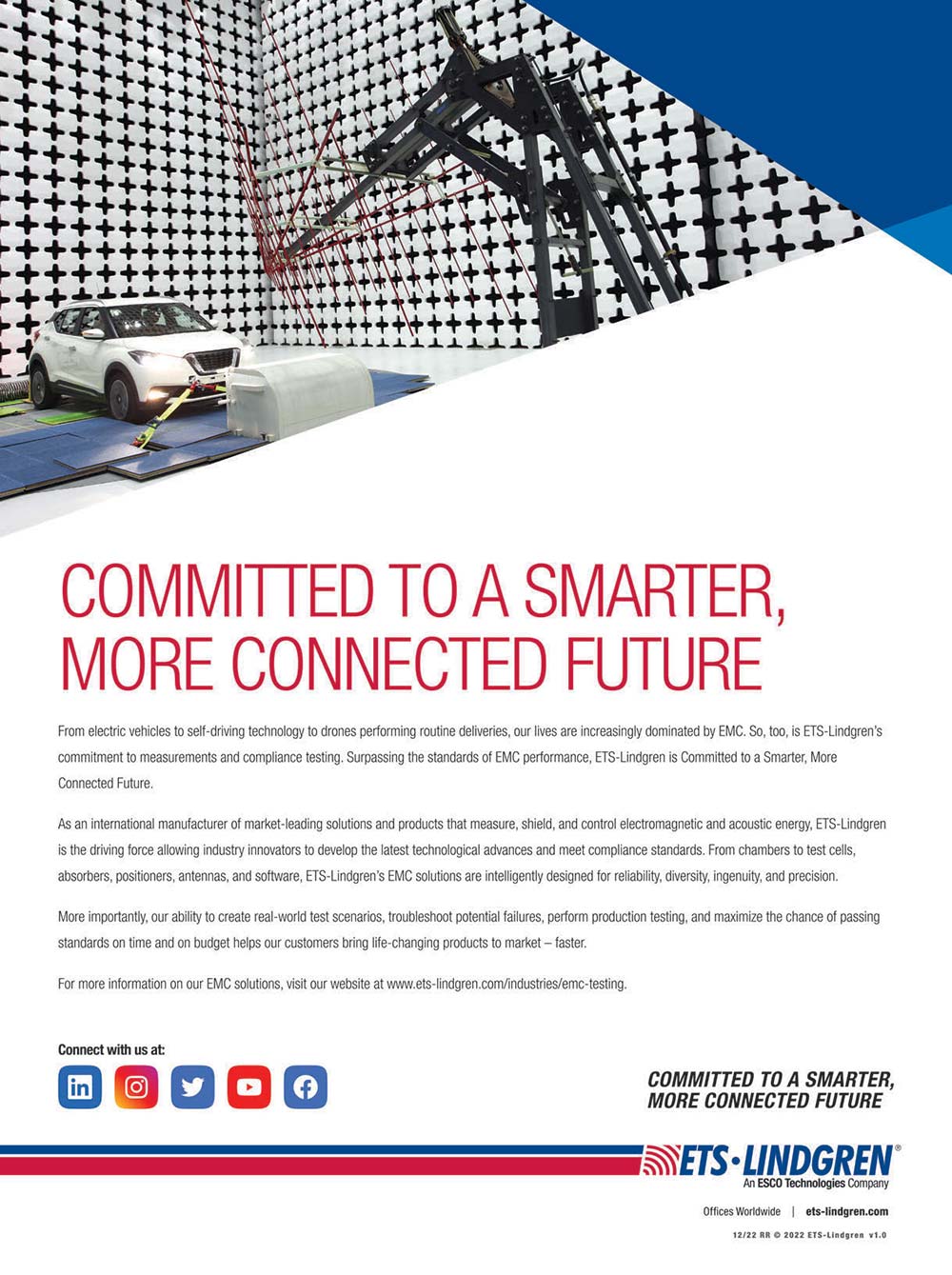
Calibrating Smart Batteries with Impedance Tracking
China’s Latest Regulation on 2.4 GHz and 5 GHz Equipment
Calibrating Smart Batteries with Impedance Tracking
China’s Latest Regulation on 2.4 GHz and 5 GHz Equipment
some of our biggest fans
Our patented and fire-retardant absorbers are RoHS and REACH compliant; they do not release carbon dust nor carry heavy poisonous chemicals.
With our pan-type RF shielding construction and absorbers that don’t absorb humidity, your test measurement accuracy is preserved over time.
To find out more about the dependable choice in chambers and absorbers, visit www.arworld.us/chambers or call 215-723-8181.
Our patented and fire-retardant absorbers are RoHS and REACH compliant; they do not release carbon dust nor carry heavy poisonous chemicals.
With our pan-type RF shielding construction and absorbers that don’t absorb humidity, your test measurement accuracy is preserved over time.
To find out more about the dependable choice in chambers and absorbers, visit www.arworld.us/chambers or call 215-723-8181.

ISSN 1948-8254 (print)
ISSN 1948-8262 (online)
is published by
Same Page Publishing Inc.
451 King Street, #458
Littleton, MA 01460
tel: (978) 486-4684
fax: (978) 486-4691
©Copyright 2022 Same Page Publishing, Inc. all rights reserved
Contents may not be reproduced in any form without the prior consent of the publisher.
While every attempt is made to provide accurate information, neither the publisher nor the authors accept any liability for errors or omissions.
publisher
bruce@brucearch.com
keith.armstrong@
cherryclough.com
Leo@EisnerSafety.com
dgerke@emiguru.com
ken.javor@emcompliance.com
kenrossesq@gmail.com
wernerschaefer@comcast.net
Subscriptions outside North America are $129 for 12 issues. The digital edition is free.
Please contact our circulation department at circulation@incompliancemag.com
In a vote earlier this month, the Parliament adopted the Commission’s recommendation to amend EU Directive 2014/53/EU (also known as the Radio Equipment Directive, or RED) to harmonize charging technologies by standardizing the use of USB-C charging ports…
According to a press release issued by the FCC last month, the company, Truphone, failed to disclose individual investments of more than 5% of the company by Russian investors Alexander Abramov, Alexander Frolov, and Roman Abramovich…


as it happened to you? When troubleshooting an electromagnetic interference (EMI) issue, you’ve tried various combinations of components and saw the signal of interest reduced. But another frequency signal unexpectedly raised above the limit line. Or, you introduced a chassis plane on your printed circuit board (PCB), only to find the radiated emissions became much worse instead of getting better. These are typical cases of “tuning the resonances of a circuit.”
Most EMI emissions are related to structural resonances. Structural resonances are also one of the main reasons that electromagnetic compatibility (EMC) can be mystifying. Unknowingly, engineers often spend days and months tuning the resonances of a circuit by adding passive elements such as inductors and capacitors. Sometimes, they are lucky enough to finally arrive at a combination that would give them a pass. But most of the time, solutions are hard to find.

Tel: 1-702-534-6564
Fax: 1-702-441-7016
Email: sales@exoduscomm.com
8.0-12.0GHz,

IEEE and OPEN Alliance Standards and Testing

thernet solutions have been popular in industrial and computing applications for several decades but were not widely adopted in the automotive area. Automotive Ethernet enables fast and robust data communication, with high flexibility in bus topologies for multiple electronic control units (ECUs). This makes Ethernet technologies a potential candidate to provide high bandwidth, connectivity, and robust operation while accelerating the evolution of automotive networks from domain to zonal architecture.
In 2016, two standards, 100BASE-T1 and 1000BASE-T1, were drafted for the automotive industry. As of 2022 two additional standards, namely 10BASE-T1s and MGB-T1, are in development by the One Pair Ethernet Network (OPEN) Alliance committees. OPEN Alliance includes several technical committees for the standardization of Ethernet-based technologies in the automotive market. The Institute of Electrical and Electronic Engineers (IEEE) covers 100BASE-T1 and 1000BASE-T1 with the IEEE 802.3bw and IEEE 802.3bp standards. Both were adopted to serve specific automotive requirements, mostly related to electromagnetic compatibility (EMC).
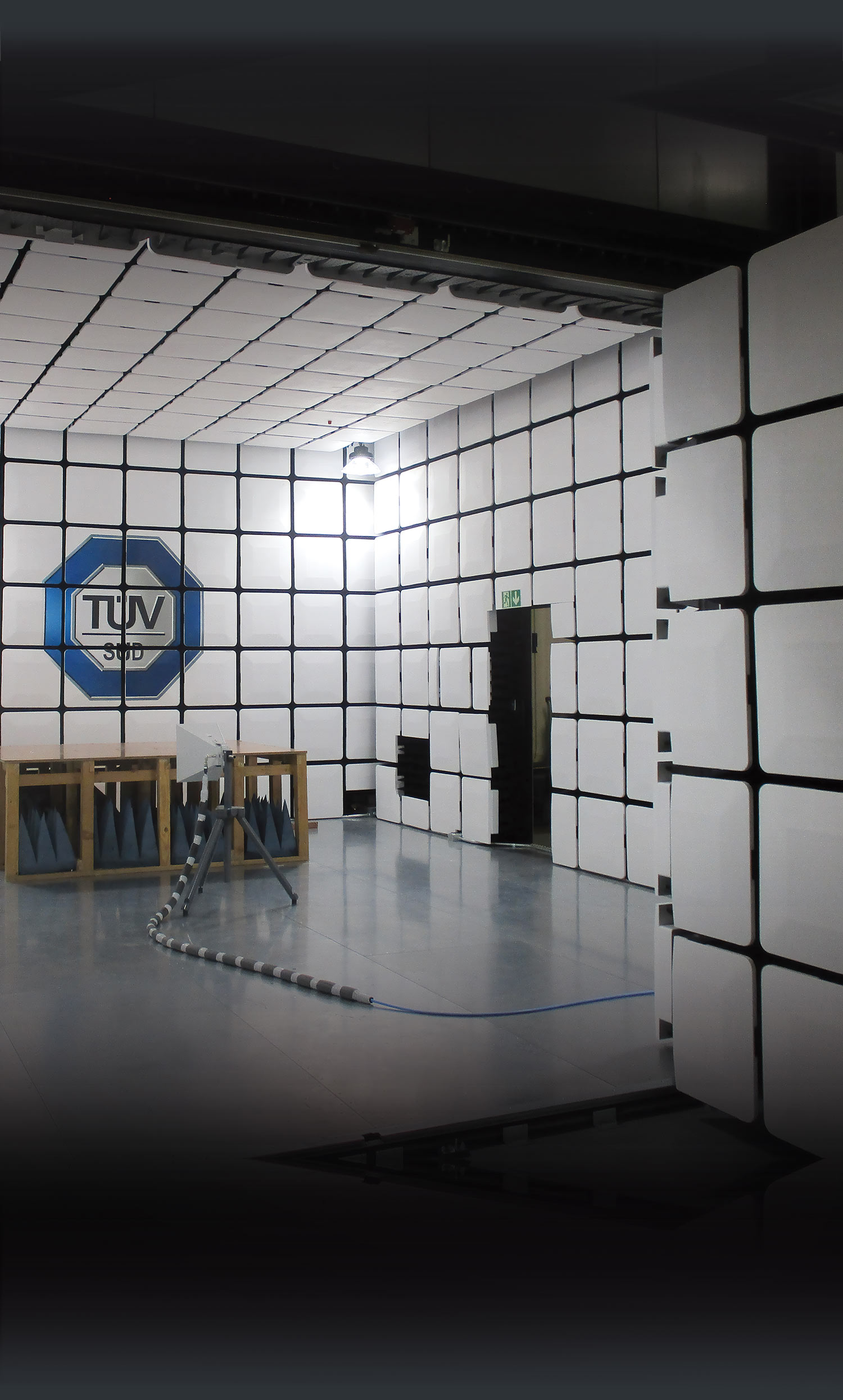
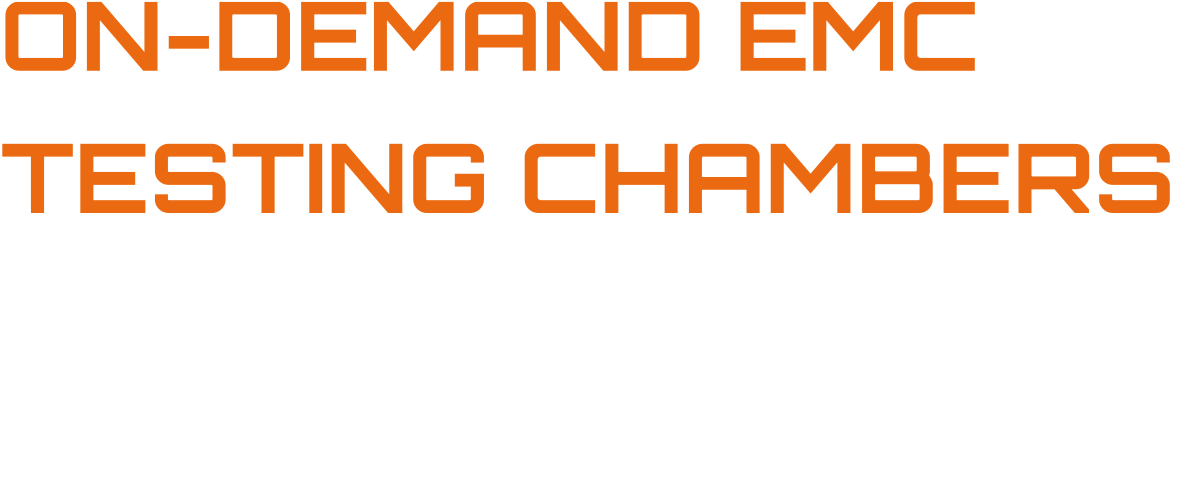
- EMC Test Chambers
- Shielded Doors
- RF Shielded Rooms
- EMC Antennas
- EMC Accessories

he smart battery was hailed as an engineering marvel when it was first introduced in 1994 by Intel and Duracell. The heart is the system management bus, or SMBus, that tracks state-of-charge (SoC) and captures performance data. The SMBus also includes the battery management system (BMS) to assure the safe operation of Li-ion batteries by limiting over-voltage and preventing current overloads.
Unlike a regular battery in which the charger is in command, the smart battery is the host that controls the charge function in a Level 2 charger. Being the master enables charging future battery chemistries for which no charge algorithm currently exists. Level 3 is a hybrid charger accommodating batteries with SMBus protocol, as well as regular batteries. Level 3 is the preferred system as the charger charges regular batteries and takes control when SMBus communication fails. Level 1 chargers only supported a single chemistry and have been discontinued.
China’s Latest Regulation on 2.4 GHz and 5 GHz Equipment
MIIT 2021 No. 129 Updates China’s Requirements for Multiple Types of Radio Services

n October 13, 2021, the Ministry of Industry and Information Technology of the People’s Republic of China (MIIT) issued MIIT 2021 No. 129, “Notice on Strengthening and Standardizing the Radio Management of 2400 MHz, 5100 MHz, and 5800 MHz bands.” This regulation came into effect on January 1, 2022, with a two-year transitional period.
Scope
MIIT 2021 No. 129 applies to equipment operating in the 2400-2483.5 MHz, 5150-5350 MHz, and 5725-5850 MHz frequency bands which are allocated for multiple types of radio services, including fixed, mobile, radio navigation, fixed-satellite, earth exploration-satellite, satellite radiolocation, or space research applications. The 2400-2483.5 MHz and 5725-5850 MHz bands are also designated for industrial, scientific, and medical (ISM) applications that emit electromagnetic energy, which is subject to a different regulation. Radio stations or equipment do not have exclusive access to or use of the 2400-2483.5 MHz, 5150-5350 MHz, and 5725-5850 MHz frequency bands.
Concept of a Phasor in Sinusoidal Steady State Analysis
his article introduces a concept of a phasor which is extensively used in several EMC topics including electromagnetic waves, antennas, and transmission lines. The following series of articles will use phasors to determine voltages and currents along the transmission line, and subsequently the input impedance to transmission line.
1. Sinusoidal Voltages
Consider a single frequency sinusoidal signal


The reciprocal of the period is the (cyclic) frequency (in Hz)





hot topics in ESD
any articles published in In Compliance focus on ESD design and testing methods. But there is a lot more to semiconductor reliability. ESD reliability is based on the understanding of the high current behavior of protection devices. Protection designs are implemented in the IC to meet the ESD targets. This approach is not feasible for most of the other semiconductor reliability phenomena. In contrast to ESD, the actual understanding and definition of semiconductor reliability for field applications is less precise. It requires the understanding of device physics and reliability models. These models are mostly established and allow with some confidence to predict the IC device lifetime during field applications. In this article, we will have a look at different reliability phenomena and models and their contribution to the overall semiconductor reliability. We specifically cite only three representative references here [1-3] although the literature has an immense amount of work on the different reliability aspects, especially exhaustively covered by the technical papers at the International Reliability Physics Symposium for the last five decades.

It has been reported widely in the Japanese press that electromagnetic interference caused by illegally modified transceivers on trucks is suspected of causing two accidents by disabling the braking system of commuter buses…
A friend parked her Mitsubishi FTO at our house after a 30-mile drive in pouring rain. When she tried to lock the car, her electronic fob would not work (she could secure the car manually, but was unable to restart without the remote). We called in an emergency service, but it could not solve the problem. Then our neighbour arrived home in his Nissan pick-up and his fob wouldn’t work either. This had never happened before. At the same time his wire-free doorbell had been going crazy and had to be disconnected…
There is no escape from the climate change debate. Regulars at an Islington bingo hall (“two women of weight – 88”) were enjoying a mild flutter when suddenly the fruity tones of The Guardian’s George Monbiot came over the loudspeaker with his customary message of doom…
The Associated Press reports that recent testing by the U.S. Air Force of radio frequencies intended for eventual use by first responders has had the unintended effect of disabling automatic garage door openers in an area near Colorado Springs, CO…
View Index












